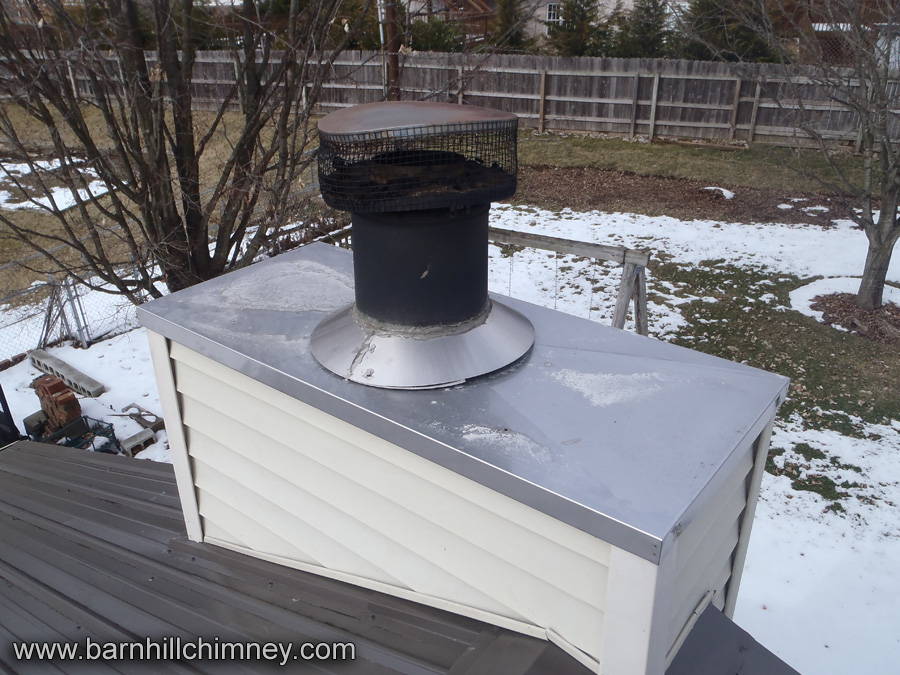How to Recognize a Chimney Fire

Chimney fires can also be caused by debris, such as birds’ nests or plant matter (leaves from nearby trees) in a flue that has not been protected by a chimney cap.
How can you tell when you are having a chimney fire?
Chimney fires can be fast-burning or slow-burning. Fast-burning chimney fires are extremely obvious, as fire rapidly consumes flammable residue on the inside of the chimney flue. You may detect:
- • A loud, crackling or popping noise from the chimney flue (imagine the sound of a large bonfire)
- • A lot of dense, thick smoke coming into the fireplace or out of the top of the chimney
- • Flames or things that are on fire (pieces of flaming creosote) coming from the top of the chimney
- • A strong, intensely hot smell
- • A roaring sound, often described as being like a freight train or airplane
If you see or hear any of these things, get out of your house immediately and call 911!
Wood stoves and other appliances that have pipe chimneys can experience chimney fires, too. If you can see heavy smoke, light, or flames coming out of the cracks between the sections of chimney pipe, call 911!
Slow-burning chimney fires happen when the flammable substances on the sides of the chimney flue become hot enough to catch fire but don’t have enough oxygen or fuel to be visible or audible from outside. Slow-burning fires can be just as destructive as their larger cousins, because they get just as hot, and can damage the sides of the chimney badly enough to escape into the house.
These signs may indicate that your chimney has experienced a slow-burning chimney fire:
- • Fluffy, gray, “ashy”, or “honeycombed” creosote (normally, creosote is a flat, black, often shiny substance)
- • Warped or discolored (“annealed”) metal components — this indicates the metal structures have been damaged by intense heat
- • Cracked or damaged flue tiles, or chunks missing from flue tiles (this can also be caused by water damage)
- • Heat-damaged roof structures (such as television antennas, shingles, or vents) near the chimney
- • Creosote chunks or pieces found outside the chimney, on the roof or ground, or in the fireplace (intense heat can drive these from the chimney)
- • Cracks in the exterior masonry of the chimney (caused by intense heat from inside)
- • Evidence of smoke escaping through the sides of the chimney (indicates cracks inside the chimney flue, possibly caused by heat)
Unfortunately, these slow fires can often only be detected via an internal inspection after the fact. This is an excellent reason to get your chimney inspected annually by a certified chimney sweep!
Remember, clean, well-maintained chimney flues don’t catch fire, because they do not have layers of creosote or soot inside them to ignite, and do not have cracks or damage through which fire or heat can escape the flue. Make sure your chimney is clean every year before you use it, and keep it in good repair!
You can also help to reduce creosote buildup by:
- • Burning smaller, hotter fires of appropriate size for your fireplace
- • Burning only properly seasoned, untreated wood
- • Making sure your chimney has sufficient draft while you burn
More information is available at the Chimney Safety Institute of America’s web site.

